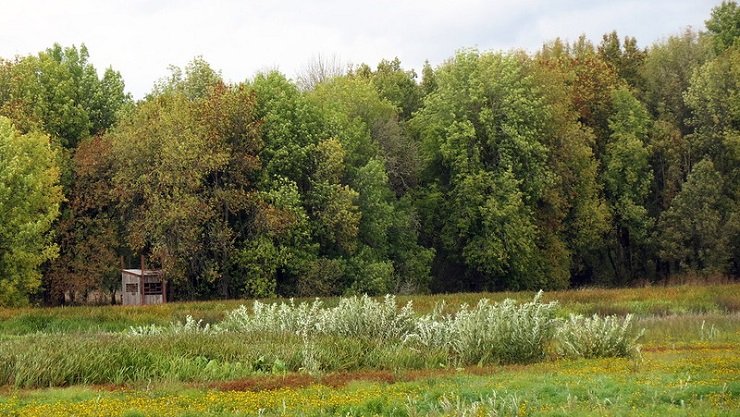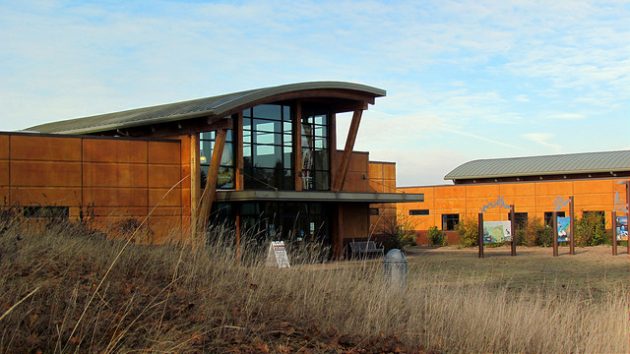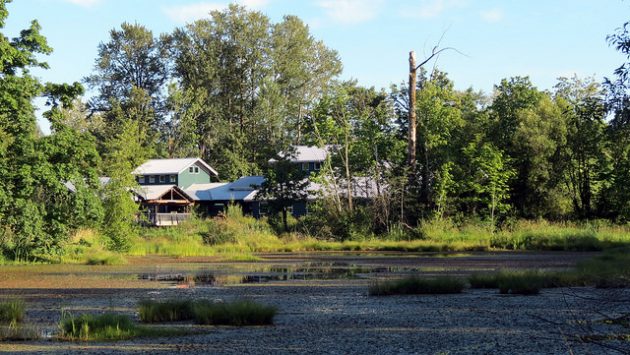
Birders derive “value” from birding. But does the value of a particular trip come from the number of birds seen, viewing a particular species, seeing an endangered species, catching a glimpse of a rarity, adding a lifer, or something else? How much do birders value a birding experience?
Some aspects of birding can be calculated and studied by economists. For example, binoculars and field guides have a cost that can be measured in dollars. The economic “impact” of a birding festival can be estimated by looking at expenditures of attendees (e.g., hotel rooms, meals, souvenirs, transportation costs, etc.). These expenditures are also the revenues of the suppliers and outfitters supported by birding and birders.
But there are few transactions that can be analyzed to determine how much value birding experiences, themselves, provide to a birder. In other words, it is hard to know much a birder would pay to go birding, above and beyond these basic expenditures.
But the value that birders (and others) place on the environment or biodiversity is important. The true value of a forest is more than just the dollar value of its timber. There are also non-consumptive uses to consider, such as hiking, photography, or birding. Although the value of timber can be readily calculated, the value of the non-consumptive uses (such as birding) is more challenging because there are no markets to provide an observable price.
Economists must therefore attempt to estimate “non-market valuations” in order to accurately assess competing policies that relate to the environment. Without accurate valuations of non-consumptive uses, the social value of those uses might be ignored or undervalued in public policy discussions. In other words, to accurately calculate the true overall social benefit of a policy, economists need valuations for all relevant uses, not just the subset of uses that can be classed as “commercial exploitation.”

Birders who submit their checklists to Cornell Lab of Ornithology’s eBird likely know that their data may be used to conduct scientific research on subjects such as migration, changes in range, or assessment of populations. But eBird data is not just for ecologists and ornithologists.
Recently, two economists, Dr. Trudy Ann Cameron (University of Oregon) and Dr. Sonja Kolstoe (Salisbury University), published a paper using eBird data. I emailed the authors and asked about their research and their use of eBird data. I thank them for their response, which, lightly edited, is below.
Q: Your paper used eBird data to calculate “non-market valuations.” What is that and why does it matter?
For ordinary “market” goods like quarts of milk, economists generally accept observed prices as a reasonable indication that these buyers are willing to pay at least that much for milk. However, if you could auction off each quart to the highest bidder, you’d have an idea about the collective value of those quarts.
If everybody gets to pay about the same price for a quart, however, some folks are getting a bargain (they would be willing to pay more than the offered price). Only the “marginal” buyer is willing to pay exactly the observed price, but no more. The something-for-nothing that many people enjoy is called “consumer surplus.” This “gravy” wouldn’t exist if none of those consumers had an opportunity to buy the product in question. The value that you actually have to pay for is offset by having to hand over that much money. But you don’t have to pay for the consumer surplus that you enjoy.
But some things that people enjoy “consuming” are not purchased in markets. This includes bird-watching experiences. There is no sticker price to consider, and there are no turnstiles at most birding locations where you are turned away if you don’t pay the price of admission (as at Disneyland, for example).
People might be willing to pay for birding opportunities, but there is no “market” to permit them to do this. Birding opportunities are mostly “public goods,” rather than “private goods.” Thus, there is no conventional market-clearing price for economists to observe, so it is much harder to document society’s collective overall willingness to pay. For backyard birding, if you do nothing to encourage birds, the price of a bird-watching experience may be essentially zero, so that all of somebody’s willingness to pay is consumer surplus (gravy).
Our published work, to date, treats an estimate of the full travel cost (including the value of time) as an implicit “admission price” for birding opportunities at different distances from the eBirder’s home. Environmental and natural resource economists routinely use information about recreational destination choices, given the cost of getting to alternative destinations, as a form of “indirect market” information about people’s willingness to pay more (for better) recreational opportunities.
Q: Why study birders and why use eBird?
The growing wealth of citizen science data has not yet been widely exploited by economists as a source of information about recreational values of non-market environmental goods.
We learned about the richness of the eBird data regarding a huge number of hotspots and realized that many eBird member profiles included address information. We then worked with eBird personnel (Steve Kelling and others) to analyze the data while protecting confidential information. Our models also required that we combine eBird data with data from other public sources, such as data on neighborhood incomes from the U.S. Census and ecoregion information from the U.S. EPA.
Q: Can you provide a short summary of your research goals and your conclusions?
We model each eBirder’s choices (about where to go birding) as a function of eBird and BirdLife International data on expected species richness at each hotspot in Washington and Oregon states, along with our calculations of the approximate round-trip travel cost to each alternative birding hotspot.
We assume that each eBirder chooses their most preferred combination of destination attributes (including expected birds) and travel costs for each trip. When we see people being willing to travel farther to visit sites with greater species richness, we can back out estimates of what eBirders thus seem to be willing to pay for additional species richness. But we can simultaneously allow their destination choices to depend upon other attributes of each possible destination, like the type of ecoregion, whether it is an urban or rural area, how popular or congested the site was last year, and so on.
Allowing our statistical models to “control” for a variety of ways in which birding hotspots are different means that we can distinguish what it is about a given birding destination that makes it more or less attractive. Of course, there will always be unmeasured attributes that account for a site’s popularity, but we can infer broadly what attributes make sites more or less desirable, besides just expected bird populations.
Q: Do you have any future research plans using eBird data?
We have a paper under review where we collaborate with Chad Wilsey from Audubon, using Audubon’s forecasts of how climate change is likely to affect bird ranges. We expand our models to include land-cover at each birding hotspot as a further determinant of willingness-to-pay to visit these sites. We combine this updated model with forecasts of land-cover change and forecasts of shifts in the ranges of bird species to predict how climate change may affect the value of birding opportunities to birders in different areas of the Pacific Northwest.
In addition, we are gearing up to conduct a survey of eBird members designed to explore the willingness to pay for biodiversity in local bird populations among backyard birders and people who do not make special-purpose trips to go birding. We are currently at the stage of finalizing a draft survey, preparing to clear our online survey with the University of Oregon’s Committee for the Protection of Human Subjects, and getting ready for focus groups and test subjects to make sure that the survey will collect the information we need for our analyses.

Citation: Kolstoe, Sonja, and Trudy Ann Cameron. “The Non-market Value of Birding Sites and the Marginal Value of Additional Species: Biodiversity in a Random Utility Model of Site Choice by eBird Members.” Ecological Economics 137 (2017): 1-12. (Link; temporary free link.)
Photos of three birding locations within the study area (top to bottom): Ridgefield NWR in Washington, Tualatin River NWR in Oregon, Nisqually NWR in Washington, by Jason Crotty.
This post was originally published on October 23, 2017.











Fascinating report of their economic research. Thank you for reaching out to them.